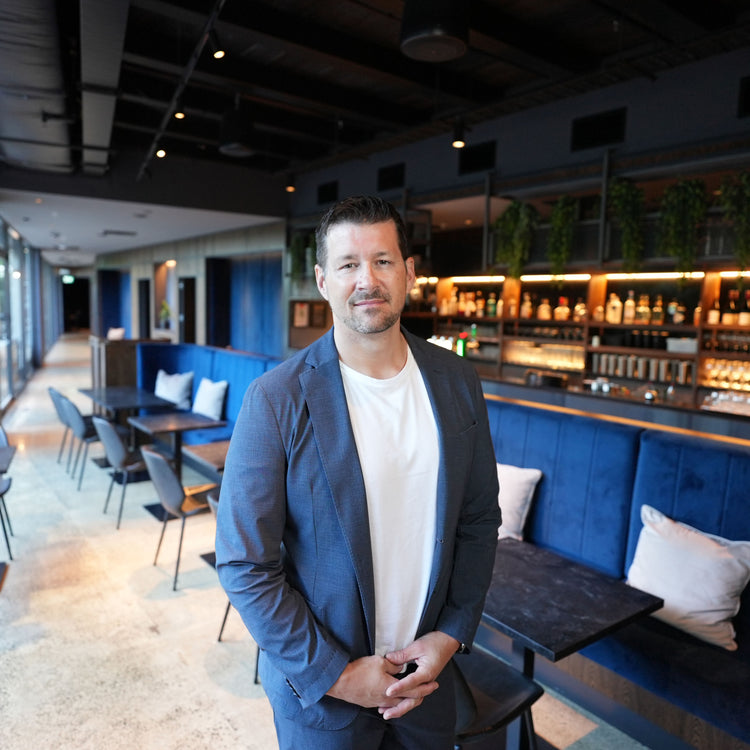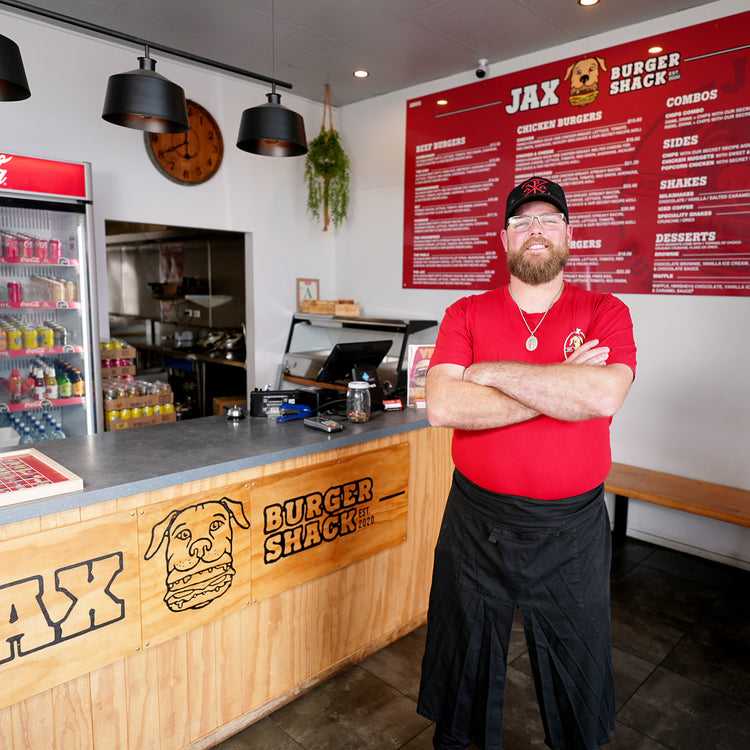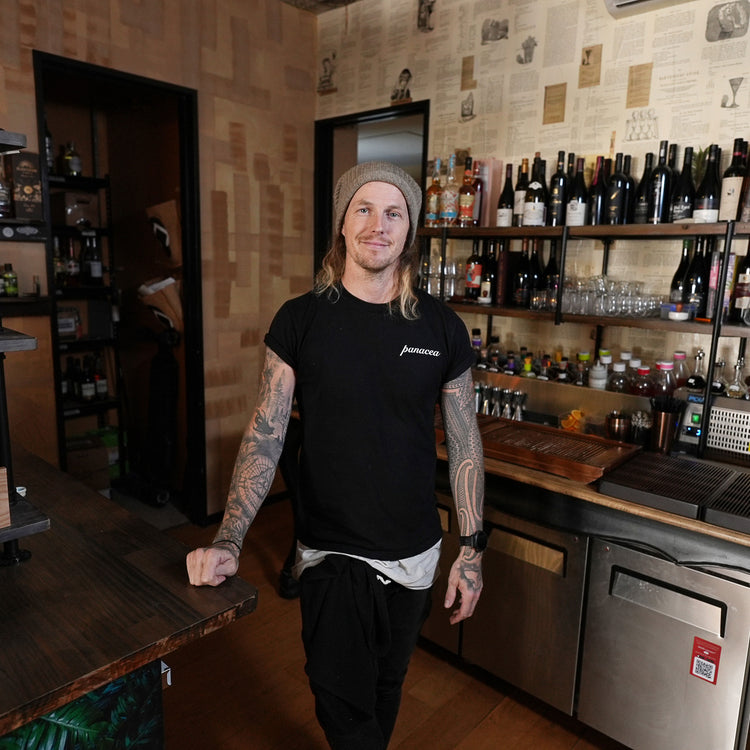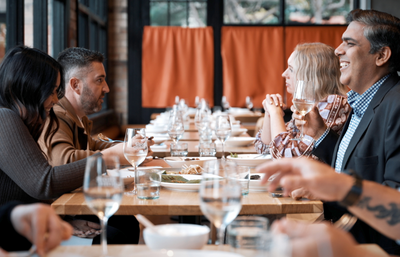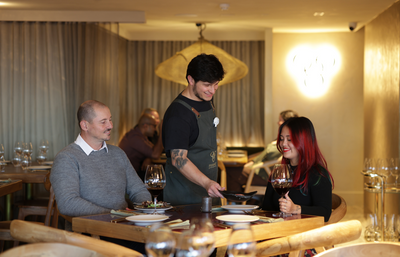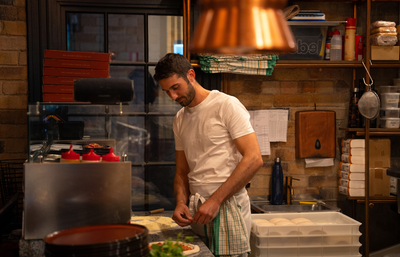- Finance
-
Equipment
- Beverage
- Coffee
-
Cooking
- Shop all cooking
- Bratt pans
- Char grills
- Chicken rotisseries
- Combi ovens
- Contact grills
- Convection ovens
- Conveyor toasters
- Cooktop oven combos
- Cooktops
- Deck ovens
- Fryers and oil filters
- Griddles
- Kebab machines
- Microwaves
- Pasta cookers
- Pizza ovens
- Range ovens
- Rice cookers
- Salamander grills
- Sous vide
- Speed ovens
- Tandoor ovens
- Toaster grills
- Waffle makers
- Wok burners
- Other
- Dishwashers
- Food display
- Food preparation
- Furniture
-
Refrigeration
- Shop all refrigeration
- Blast chillers
- Chest freezers
- Countertop fridges
- Display freezers
- Display fridges
- Gelato freezers
- Ice-cream machines
- Ice machines
- Pizza prep fridges
- Refrigerated drawers
- Sandwich prep fridges
- Slushie machines
- Under counter freezers
- Under counter fridges
- Upright freezers
- Upright fridges
- Other
- Stainless steel
- Hot deals
- Shop all equipment
- Customers
- Become a Partner
- About Us
Our customers
See what they say about us
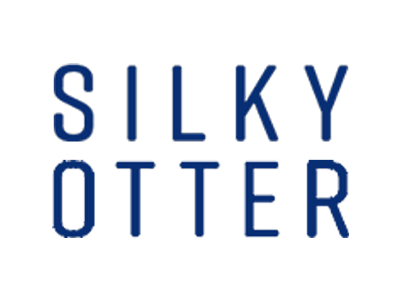
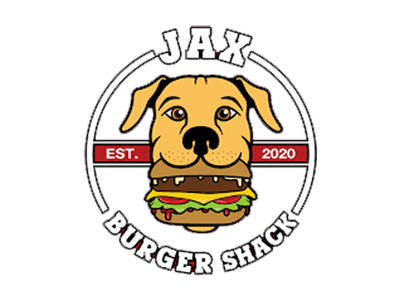
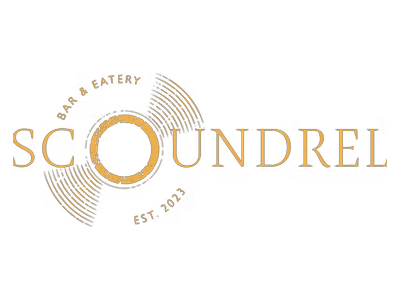
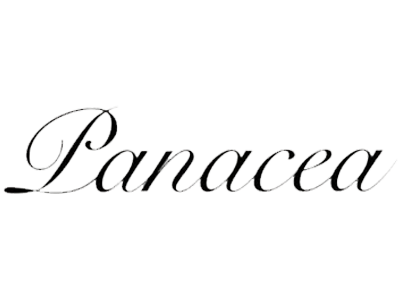
Why choose SilverChef?
We back hospitality, it's in our DNA
35 years globally
Providing finance exclusively to the hospitality industry
85,000+ customers
Have used funding solutions from the SilverChef Group
$2.6 billion invested
To help businesses, like yours, to succeed
Certified B Corporation
We do good for our communities and planet
Bakeries
Bars & Pubs
Cafes
Coffee roasters
Fast-food outlets
Franchises
Let us tailor a solution for you
Talk to a hospitality funding expert
Tips, trends and special offers
Subscribe to our newsletter
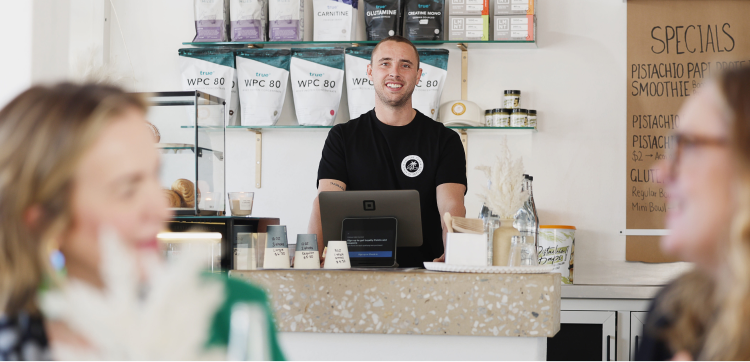
What's next?

